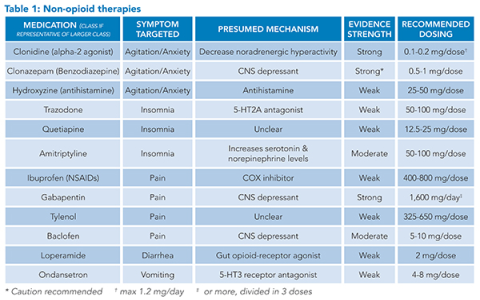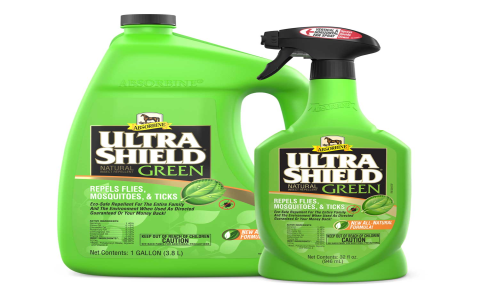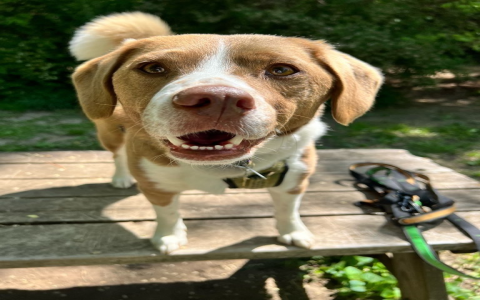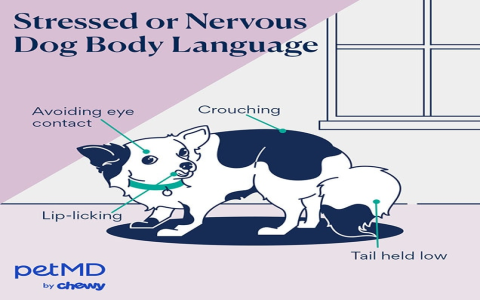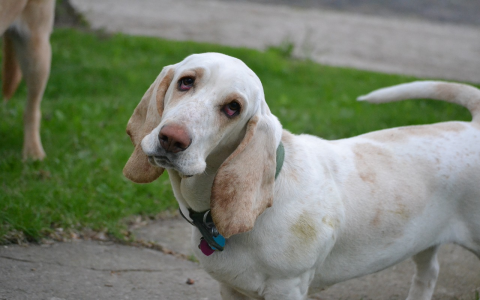What makes a good kayak sidecar for dog? Key features you really need to look for before buying one.
Okay, so I wanted to take my dog kayaking with me. He loves the water, loves being close, but putting him in the kayak? Nah, not happening. He’s a bit too big, moves around too much, and frankly, I like my space and not getting tipped over. A sit-on-top kayak helps, sure, more room than those sit-in types, but still not ideal for my restless buddy. So, I got this idea: a sidecar. Like those old motorcycle things, but for my kayak.

Getting Started - The Idea
First thing, I had to figure out how this would even work. I wasn't about to buy some fancy pre-made thing, that's not my style. Plus, I wanted it custom for my kayak and my dog. I spent some time just looking at my kayak, a decent width sit-on-top, thinking about stability. The main goal was something that would hold him securely alongside me, float well, and not make the whole setup impossible to paddle or ridiculously tippy.
I sketched out a few rough ideas. Mostly variations of an outrigger frame. You know, like those Polynesian canoes? Seemed like the most straightforward way to add stability and a separate platform.
Gathering the Bits and Pieces
Next up was collecting materials. I decided PVC pipes would be the backbone. Cheap, easy to cut, waterproof, light enough. I made a couple of trips to the hardware store.
- Lots of PVC pipes, different diameters.
- PVC connectors, elbows, T-joints.
- PVC cement and primer. Gotta make those joints watertight.
- Pool noodles. The big thick ones for flotation. Can't have the dog sinking!
- A sheet of exterior-grade plywood for the dog's platform.
- Some outdoor carpet or rubber matting for grip on the platform.
- Strong webbing straps and buckles to attach the whole thing to the kayak.
- Zip ties, because you always need zip ties.
Yeah, my garage looked like a plumbing disaster zone for a while.
Putting It Together - The Frame
Building the frame was the main part. I measured things out, trying to visualize how wide it needed to be for stability without being too cumbersome. Cut the PVC pipes to length. This took a bit of trial and error. My first attempt looked kinda wonky, not quite square.
Dry fit first! I learned that quick. Laying out all the pipes and connectors before gluing is key. Once I had a rectangular frame shape I liked, extending out from where it would meet the kayak, I started gluing. The primer and cement steps are messy but crucial. You really gotta hold those joints together for a bit until they set.
Making it Float
With the basic frame assembled, I needed to add the flotation. I took those big pool noodles and cut them to fit along the outer edge and maybe some cross pieces of the PVC frame. I secured them tightly with heavy-duty zip ties. I considered sealed containers, but noodles seemed simpler and less likely to leak.
The Dog Deck
For the platform where the dog would sit or lie down, I cut the plywood to fit snugly inside the main rectangle of the PVC frame. I rounded the corners so no sharp edges. Gave it a quick coat of waterproof sealant, just in case. Then, I glued down a piece of outdoor carpet for grip. Didn't want him sliding off if things got a little choppy.

I attached the plywood platform to the PVC frame. Drilled some holes and used more zip ties initially, then swapped for some small stainless steel bolts later for more security.
Connecting to the Kayak
This was tricky. How to lash this sidecar rig securely to the kayak? I didn't want to drill holes in my kayak if I could avoid it. I ended up using strong webbing straps. I ran them underneath the kayak and up, looping them around the sidecar's PVC frame where it sat alongside the kayak. Pulled them super tight with cam buckles. It took some adjusting to get it snug and prevent wobbling.
The Test Run
Alright, moment of truth. Hauled the kayak and the newly attached sidecar down to the local lake. It looked... functional. Maybe a bit DIY, but functional.
First, I paddled it out myself, without the dog. Wanted to see how it handled. It definitely felt different. Wider turn radius, a bit more drag on the sidecar side. But stable? Oh yeah. Way more stable.
Then, coaxed the dog onto his platform near the shore. He was hesitant at first, sniffing everything. Once he was on, I slowly paddled out. He wobbled a bit, figuring out his balance on this new floating thing. But the sidecar handled his weight fine. It didn't dip dangerously low, the flotation worked. He seemed pretty chuffed after a few minutes, watching the ducks, feeling the breeze.
Final Adjustments
After that first trip, I made a few tweaks. Added another strap near the front for extra security. Padded one section of the PVC frame where my paddle sometimes hit it. Maybe added an eye bolt on the platform to clip his leash to, just for safety, though he usually stays put.
Now? It's awesome. We head out regularly. He has his own spot, safe and secure right next to me. I get to paddle without a fifty-pound fur missile trying to 'help' or jump overboard. It took some effort, some fiddling, and yeah, it’s not the prettiest thing on the water, but it works. Built it myself, and my dog loves it. That's what counts.

